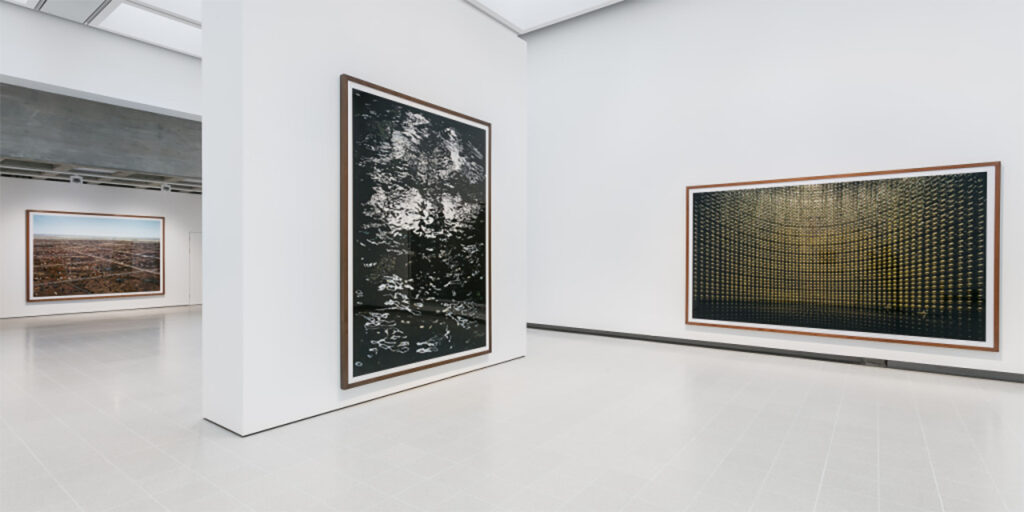When theorist Donna Haraway declared human beings “cyborgs” back in the mid ’80s, she effectively predicted our digital landscape, which, lately accelerated by the COVID-19 pandemic, feels more and more like a seamless, quiet fusion of man and machine. Silicon Valley has recently coined the term “phygital,” combining the words “physical” and “digital” to reflect this experiential hybridity, one defined by the link between user experience and networking access. App-assisted grocery store pick-up, QR code restaurant menus, targeted ads on Instagram — all of these services exemplify the “advanced anticipation” sales model, a strategy that recalibrates consumer want according to trackable patterns.
The world has spent a year inside and still found ways to turn, and now that venues are starting to reopen, visitors to cultural institutions are primed to expect immersion, engagement, and augmented ease of movement. Virtual reality and tandem digital services are becoming increasingly popular in museological space, not merely for the purposes of “edutainment,” but also as means of reconstituting the archive, enlivening the past with an eye towards the future.
Art in XR

Installation view of the Andreas Gursky exhibition at Hayward Gallery, 2018. Image: Mark Blower
That’s where theVOV comes in. This new virtual portal, founded by Outset Contemporary Art Fund in collaboration with the London art-science collective Visualogical, will bring noted exhibitions from the past 15 years into the realm of “extended reality.” Launched on April 19 and available for ten weeks, the initiative breathes new life into shows organized by venues like Tate Britain, Yorkshire Sculpture Park, and National Galleries Scotland.
The first part of theVOV program will be housed in Vortic Art, an XR art world platform that specializes in private viewing and art fair booth design. Shows poised to make a comeback on the platform include Chris Burden at the South London Gallery from 2006, the Andreas Gursky retrospective held at Hayward Gallery in 2018, and the blockbuster Ibrahim Mahama: Parliament of Ghosts at Whitworth Gallery in 2019.
The concept borrows some of its inspiration from a January 2021 five-week convergence between Verizon and the Metropolitan Museum of Art, entitled The Met Unframed, in which mobile users could explore 12 digitally rendered galleries in unparalleled, playful detail. theVOV expands upon this concept, creating a “bespoke virtual gallery for the exhibitions, with some institutions creating exact replicas of their physical gallery to others creating fantastical otherworldly spaces that couldn’t possibly exist in the physical realm,” according to the organizers.
A new virtual ecosystem

Installation view of Tony Cokes’ 2019 solo show UR Reading This It’s 2 Late: Vol.1 at Goldsmiths Center for Contemporary Art. Image: Andy Stagg
Visualogical co-founders Natasha Hersham and Victoria Westerman, conceived of theVOV not merely as a harbinger of the “phygital era,” but a statement of purpose unto itself. “theVOV is a new virtual ecosystem presenting monumental exhibitions… to enjoy live and on demand,” says Visualogical, insisting that the project shows “a united front to generate funds for the creative sector while making culture more accessible than ever.”
This sense of philanthropy is embedded into the technology itself. All content is available for free, but visitors have the option of donating to the participating galleries, unlocking “new streams of income for public arts organizations” during a precarious time for the sector at large.
In addition to “lunchtime tours” with artists and curators and a plan to unveil the “first-ever live drawing class of a digital avatar,” it’s this “ethos of unity” that makes theVOV truly special and singular, providing audiences yet another way to make human connections in the digital space.



